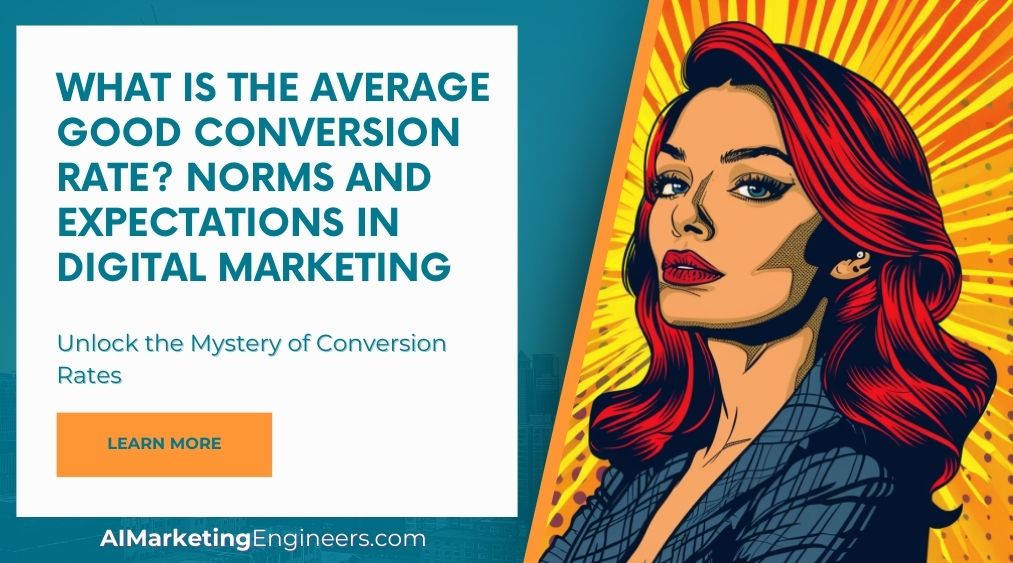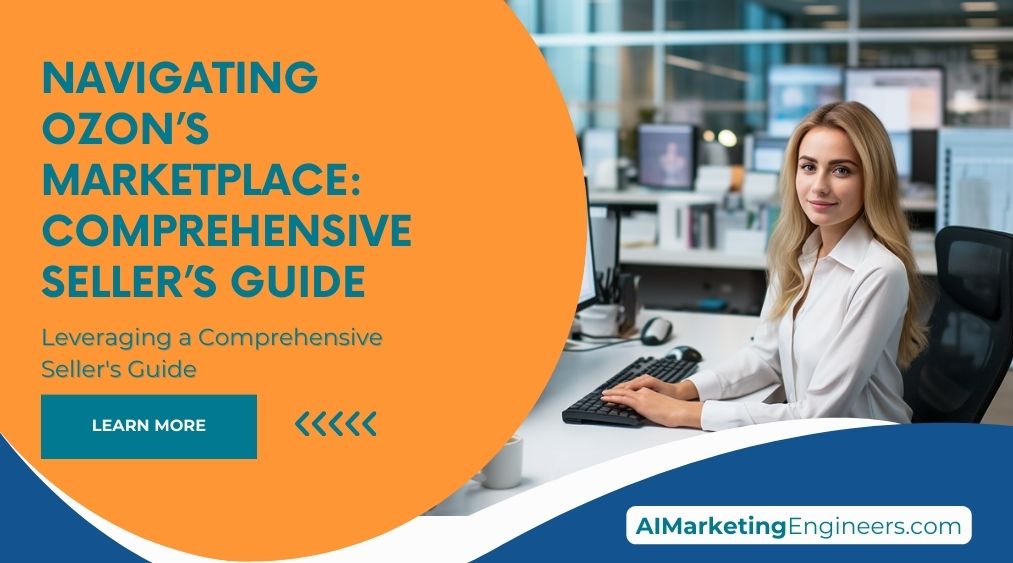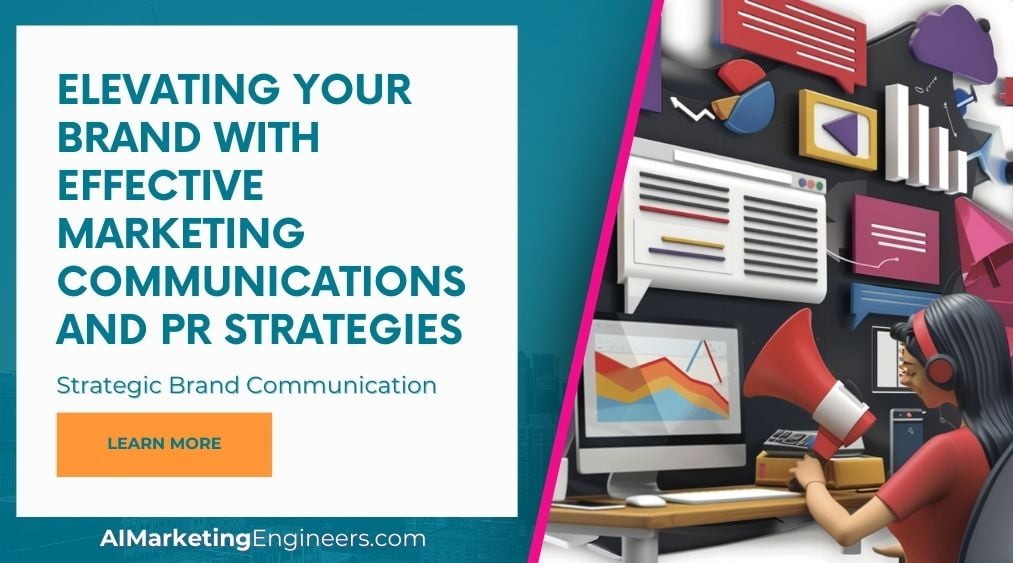Key Takeaways
✅ Understanding Average Conversion Rates: Ever wondered what a stellar conversion rate looks like in the wild west of digital marketing? Different playing fields have different scores, with e-commerce sites generally hitting between 1% and 2%. Sneak a peek into the averages and set your sights on realistic goals.
✅ Factors Affecting Conversion Rates: Did you know a sleek website design could boost your numbers? Or that a little tweak in your marketing plan might just do the trick? Learn about the secret ingredients that can turn browsers into buyers and nosy neighbors into loyal customers.
✅ Setting Realistic Expectations: It's a marathon, not a sprint. Setting sky-high targets might seem ambitious, but how about aim for achievable instead? Dive deeper to discover how to balance your dreams with the down-to-earth details of your biz.
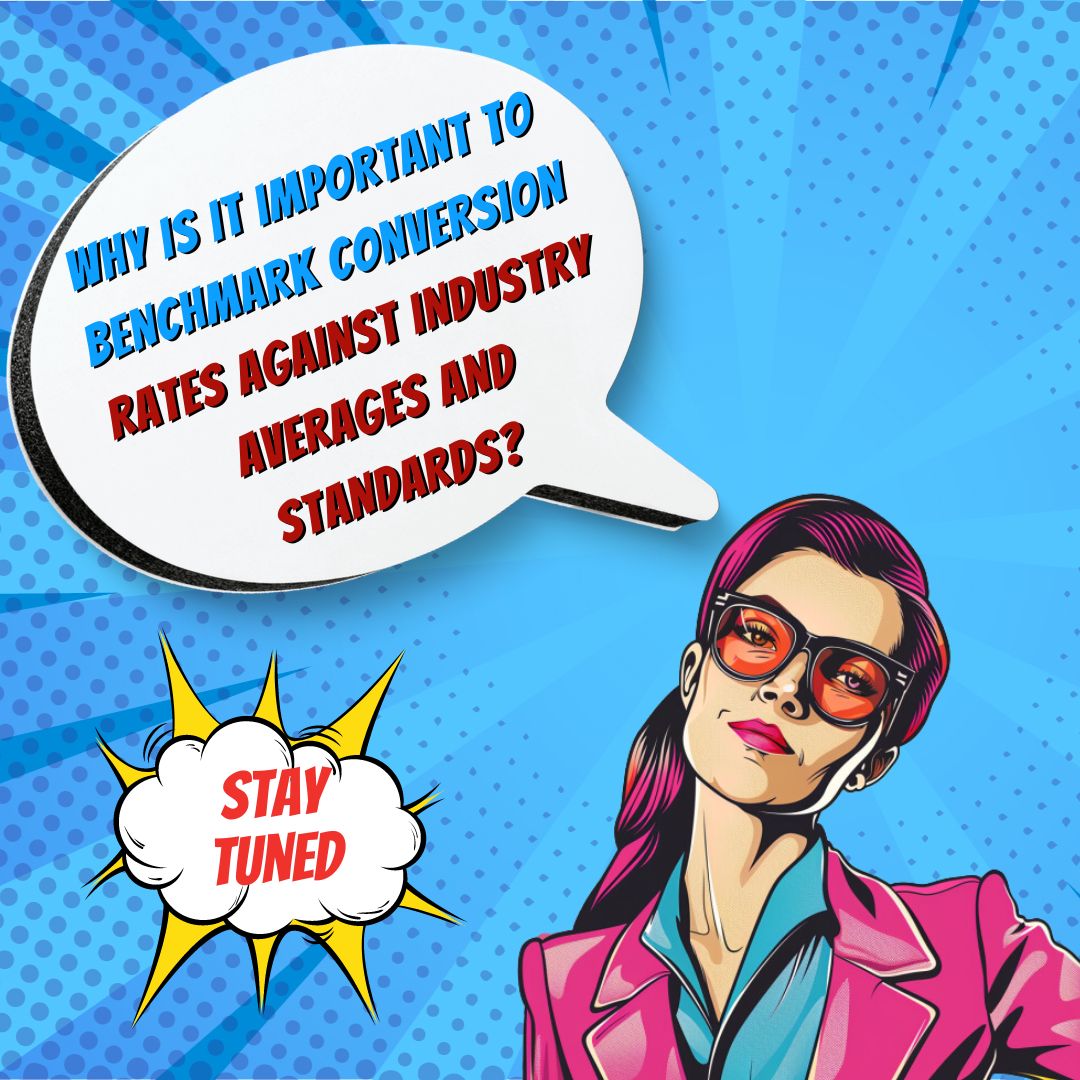
Introduction
Have you ever lingered over your website analytics, scratching your head, thinking, "What is an Average Good Conversion Rate?" Let me tell you, it's that magic number that turns the ordinary into extraordinary in the digital realm. In this cozy corner of the internet, we'll chat about norms, untangle expectations, and sprinkle a little bit of reality over that glorious digital marketing pie.
Understanding the nuts and bolts of conversion rates is much like finding the secret sauce to your grandma's legendary recipe—it can transform your online cookout into a blockbuster barbecue. From tailoring your website to whisper sweet nothings to your visitors, to crafting an offer they can't refuse—get ready to unfold some of the most innovative perspectives, modern trends, and nifty solutions to maximize your revenue, ROAS, and ROI.
But keep your horse steady—we're just warming up! Stick around as we promise to open the treasure chest filled with actionable insights and groundbreaking information that'll have you wearing the conversion rate crown. Ready to ride along on this thrilling journey? Let's hit the trail, partner!

Top Statistics
| Statistic | Insight |
|---|---|
| Average Conversion Rates by Industry: eCommerce (3.17%), Legal (2.95%), Consumer Services (2.76%) | Ecommerce proudly sits at the top, hinting at its dynamism and rapid adaptation to user needs online. |
| Mobile Conversion Rates: 0.75% on average, top 25% of mobile advertisers achieve 1.3% or higher | Given the gap, there's a clear indication that the mobile experience can be a game-changer, it just needs more love and attention. |
| User Demographics and Conversion Rates: Older age groups convert more, 25-34-year-olds lead with 3.34% | It's a powerful reminder that while the young may be tech-savvy, older users are the ones making more decisions. |
| Industry Forecasts: Retail eCommerce sales expected to grow by 14.3% | Stay alert folks, as e-commerce grows, so does the potential for your conversion rates to bloom. |
| Landing Page Optimization: Average conversion rate is 9.7%, pages with videos boast 12.62% | That's right, videos aren't just cute cat clips, they're conversion boosters; let's not underestimate their power. |
Understanding Conversion Rates in Digital Marketing
Ever wondered what makes or breaks an online marketing campaign? A lot of it boils down to the conversion rate—a simple yet mighty number telling you how many visitors take the action you want them to on your website. It could be anything from buying a pair of shoes to signing up for a weekly newsletter. But why should you care? Well, it's all about being smart with your pennies and making sure your digital storefront gets more than just window shoppers.

What Influences Conversion Rates?
Imagine a bustling digital marketplace, what really drives a person to click that 'buy now' button? Factors like the type of industry, who your target audience is, the appeal of your product/service, and the cleverness of your marketing strategies. For instance, have you ever noticed how a product aimed at teenagers might be marketed super differently than one for businesses? Or how a simple website layout can make the difference between feeling lost at sea or smoothly sailing through the checkout process?
The Norm: Industry-Specific Conversion Rate Benchmarks
Now, let's talk numbers. Did you know that the average conversion rate is not a one-size-fits-all figure? In fact, conversion rates wildly vary across different industries. Fashion websites have their own expectations, completely different from, say, financial services. It's a bit like understanding the dress code for a party—an evening gown won't fit in at a beach bonfire, right? So, what's considered good in your field?
The Secrets to Pumping Up Conversion Rates
Optimizing—it's not just a buzzword; it's the bread and butter of getting those numbers up. You've probably heard of A/B testing. But it's not just about changing the color of a button; it's about diving deep into what your users love and hate. Think about how your website feels to a first-time visitor, or how precisely your ads hit the mark. Any success stories that come to mind? They likely kept customer experience at the heart of their strategy.

Goals Based in Reality
Setting goals is fantastic, but grounding them in reality? Even better. If we set a goal based on some high-flying industry benchmarks without considering where we are and what we can achieve, aren't we setting ourselves up for a mighty fall? It's about understanding where you stand and improving from there—step by realistic step. Continuous monitoring and tweaking are better than blind ambition, don't you think?
Watch Out: Conversion Rate Optimization Blunders
You could have everything right, but if you overlook the basics like mobile optimization or user feedback, it's like dropping the baton right before the finish line. We've all been there, focusing on all these fancy metrics while forgetting the simple things. The key is to hone in on what truly matters: your visitors' experience and how smoothly they can navigate from landing page to thank you page.
By keeping these insights in mind, you can move past generic approaches and tailor your strategies to meet your users where they are. It's about being agile, attentive, and always tuned into the subtle nuances that make your audience tick. Are you ready to look at your digital marketing efforts through this new lens?
AI Marketing Engineers Recommendation
Recommendation 1: Understand Your Industry's Conversion Rate Benchmark: To truly gauge the health of your conversion rate, don't just ask, "What's a good number?" Instead, start by diving into your specific industry's data. Every field has its norms – for instance, e-commerce might average around 2-3%, while B2B services could be looking at something closer to 5-10%. Find that industry-specific gold standard and then push past it. It's not just about being average – it's about leading the pack. But remember, a 'good' conversion rate is one that's better than what you had yesterday. Continuous improvement is the name of the game here.
Recommendation 2: Optimize User Experience: Ever landed on a website and just couldn't find what you were looking for? Frustrating, right? Now think about your own website – could someone else feel the same way there? Optimize the user journey to make it as smooth as silk. Simplify navigation, speed up loading times, and sprinkle clear calls-to-action (CTAs) throughout. Make it so easy for visitors to convert that doing so becomes second nature. Mobile optimization isn't optional anymore either; it's essential. Most people are browsing on their phones, so cater to those small screens to help bump up your conversion rates.

Recommendation 3: Leverage A/B Testing and Analytics: Here's a tip straight from the marketer's toolbox – test, learn, and adapt. Let's say you've got this landing page. You think it's perfect, but is it really? Whip out A/B testing to pit two versions against each other and let your audience decide which one's the winner. Use tools like Google Analytics, Optimizely, or VWO for insights that say, "Hey, this version's making more people click that buy button!" And those tools come with another bonus – they point out where you're losing people, so you can make changes that matter and turn browsers into buyers. Analytics isn't just about numbers, it's about telling a story of what works and what doesn't, guiding you closer to a conversion rate that doesn't just sound good, but truly shines.
Relevant Links
- Embrace Cutting-Edge AI for Stellar Marketing Results
- Meet the AI Pioneers Shaping the Future of Marketing
- Tailored AI Marketing Services for Dynamic Business Growth
- How AI is Reinventing Affiliate Marketing in 2024
- ChatGPT: Unlocking Creativity in Content Marketing
Conclusion
When you step back and look at the big picture, do you see how crucial understanding conversion rates is? Think about it—the heartbeat of your digital marketing strategy is how effectively you turn visitors into customers. And there's no one-size-fits-all answer, is there? Everything from the type of industry you're in to the very person you're trying to reach plays a role. It's like putting together a complex puzzle where every piece matters.
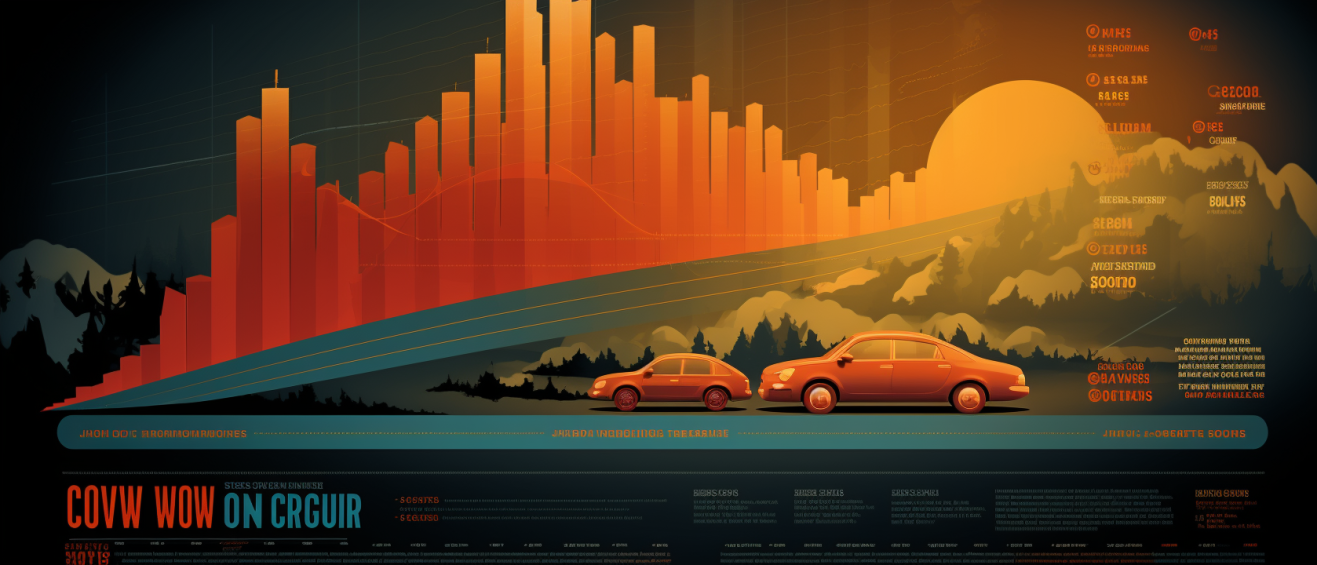
We've wandered through the forest of factors that affect conversion rates, found our way to benchmarks that set a bar for what's considered good, and even peeked into the secret garden of optimizing these rates. Remember how we talked about A/B testing and listening to user feedback? Those aren't just tactics; they're your tools to get you where you want to be.
It’s also about being smart, steering clear of the pitfalls that can trip you up. Ignoring mobile users or chasing the wrong metrics can be like taking a detour that leads nowhere. So, what’s the takeaway here? Well, it's that knowing the norms and setting sensible goals based on those benchmarks can guide you in fine-tuning your efforts for optimum results.
With all these insights and stories shared, don’t you feel more prepared to tweak and improve your digital dance with your audience? It's all about learning, applying, and keeping that loop going. Your journey doesn't end here. Chew over everything we’ve gone over, grab those best practices like a baton, and sprint forward. Go ahead, aim for remarkable conversion rates that make every click count! And while you're at it, why not share your newfound know-how with fellow marketers looking to crack the conversion rate code? After all, we're all in this together, trying to reach our audience and make meaningful connections that last.

FAQs
Question 1: What is a conversion rate in digital marketing?
Answer: Conversion rate is how often people who visit your website decide to go for it - like buying something or signing up for your newsletter.
Question 2: What is considered a good conversion rate in digital marketing?
Answer: A good conversion rate can be anywhere from 2% to 5% for most businesses. It's like hitting the right number of three-pointers in a basketball game - the average can change depending on the type of business or industry you're in.
Question 3: How can I improve my conversion rate?
Answer: To boost your conversion rate, think like a chef perfecting a recipe - tweak your website, make your offers irresistible, and keep testing different approaches until you find the winning formula.
Question 4: What factors affect conversion rates?
Answer: A lot of stuff plays into conversion rates, kinda like how different ingredients affect the taste of a dish. These include how your website feels to use, whether your deals are tempting enough, and if your visitors trust you.
Question 5: How do I calculate my conversion rate?
Answer: Calculating your conversion rate is as easy as pie. Just take the number of conversions, divide by the total visitors, and multiply by 100 to get your percentage. So if 100 people dropped by and 5 bought something, that's a conversion rate of 5%.
Question 6: How do I set a conversion rate goal?
Answer: Setting a conversion rate goal is like picking a destination before you start a road trip. Check out the typical rates in your industry, measure up your past scores, and pick a target that makes sense for your overall game plan.
Question 7: How does the type of conversion affect conversion rates?
Answer: Just like in a card game, different plays have different chances of winning. The same goes for conversions - signing up for a newsletter might be easier to score than getting someone to buy a high-ticket item.
Question 8: How does seasonality affect conversion rates?
Answer: Conversion rates can go up and down with the seasons, just like your mood might change with the weather. Sometimes you gotta switch up your strategy to make the most of those seasonal vibes.
Question 9: How does targeting affect conversion rates?
Answer: Targeting is like fishing - you need the right bait for the right fish. Fine-tune who you're talking to and what you're offering, and you could see those conversion rates climb.
Question 10: What are some common conversion rate optimization (CRO) mistakes to avoid?
Answer: Avoiding conversion rate optimization mistakes is like dodging potholes on a road. Don't get stuck doing the same old thing, forgetting about your mobile viewers, ignoring what your audience is telling you, or just trying to get more visitors without actually enhancing their experience.
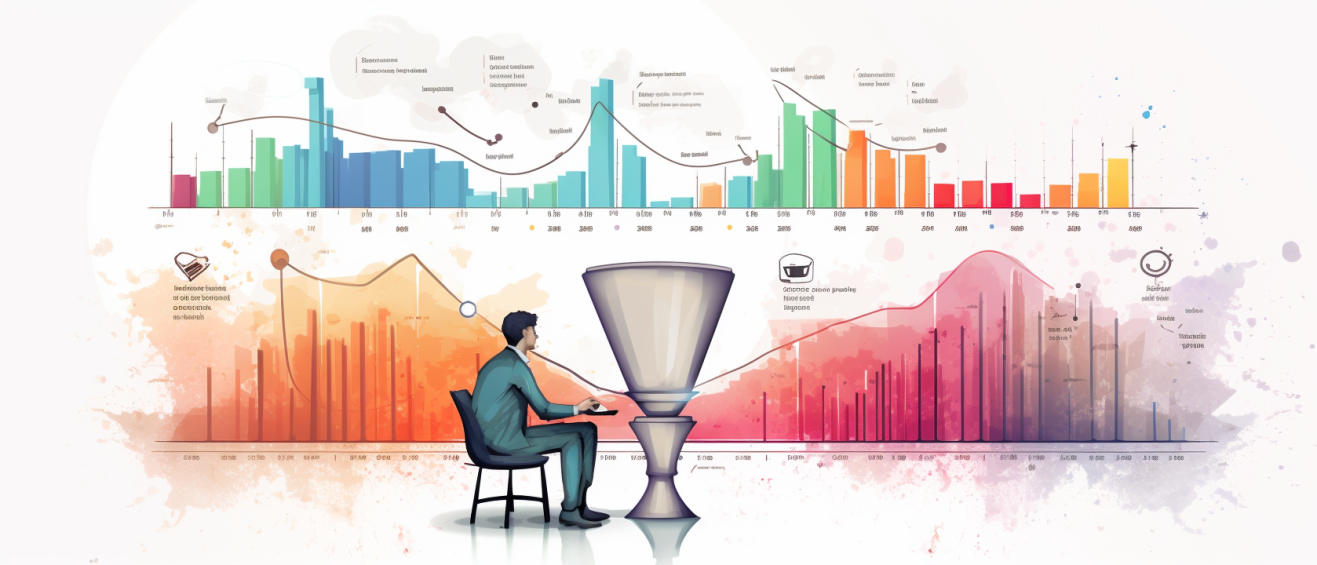
Academic References
- Laja, P. (2016). Conversion Rate Optimization: The Definitive Guide. Smart Insights. In this guide, Laja offers a detailed analysis of conversion rate optimization, presenting industry benchmarks and best practices, with a focus on e-commerce websites where he suggests a conversion rate of 2-5% is average.
- Wolfgang Digital. (2021). Digital Marketing Performance Benchmarks and Trends. In this report, data from over 2,000 websites are examined to present conversion rate benchmarks across various industries, highlighting an average conversion rate of 2.55% for e-commerce and 3.75% for lead generation sites.
- Saleh, K. (2019). Conversion Rate Optimization: The Art and Science of Converting Prospects to Customers. Invesp. Saleh's book delves into the detailed methodologies behind improving conversion rates, emphasizing the customer journey and strategic adjustments to marketing efforts tailored to customer needs.
- Khosrowshahi, F., & Keshavarz, M. H. (2010). The Impact of Website Design on Conversion Rates. International Journal of Web Based Communities. This study effectively links website design components like visual appeal, ease of navigation, and clear calls to action with the potential of significantly influencing conversion rates.
- Econsultancy & RedEye. (2019). The State of Conversion Optimization Report. This comprehensive report sheds light on the conversion optimization landscape, noting that a mere 22% of companies are satisfied with their conversion rates, thus underlining the imperative nature of ongoing optimization and progress.
